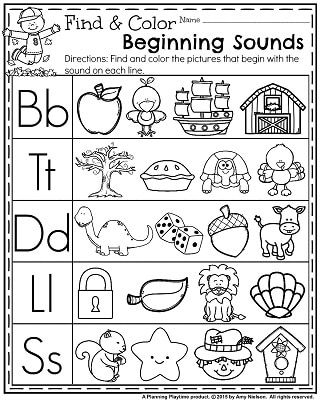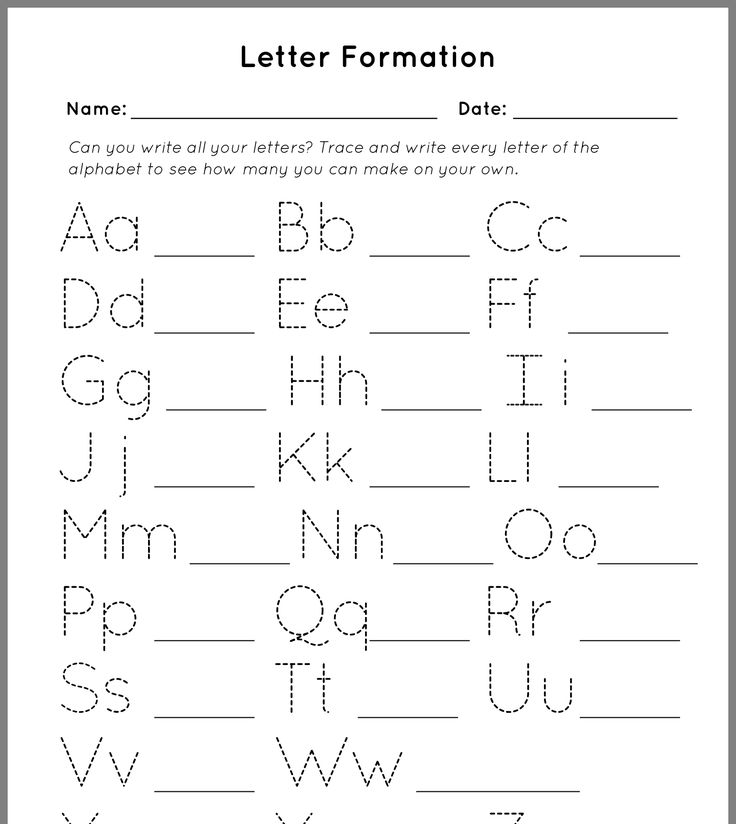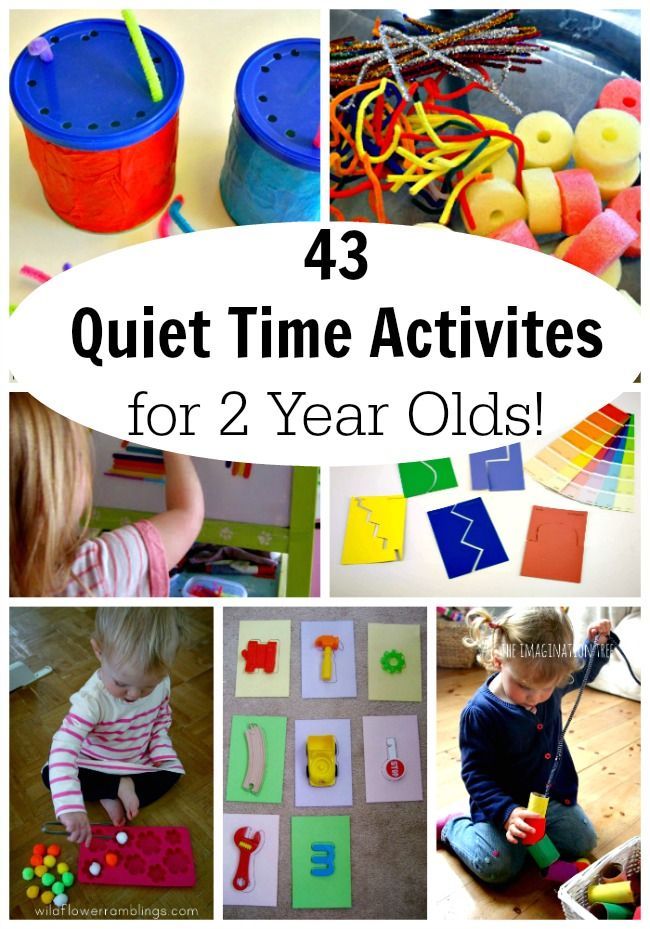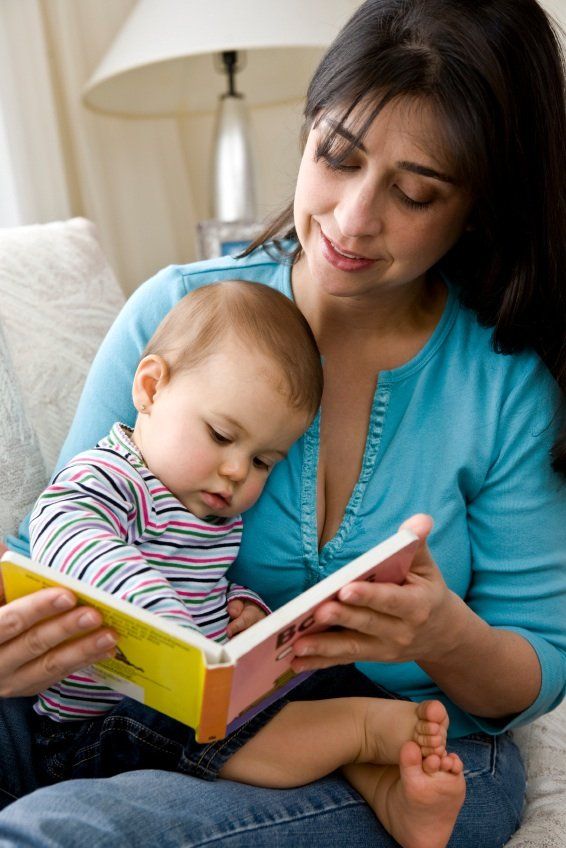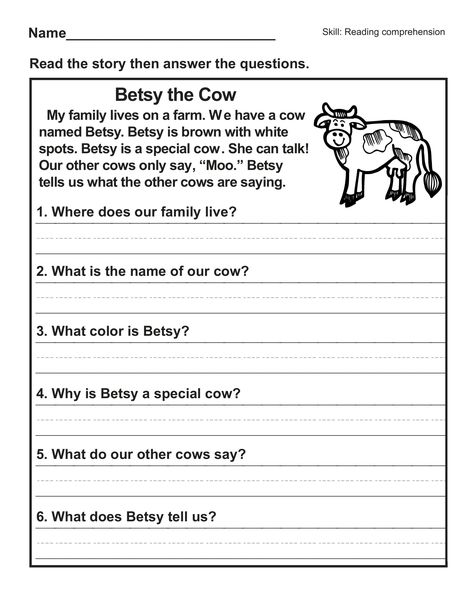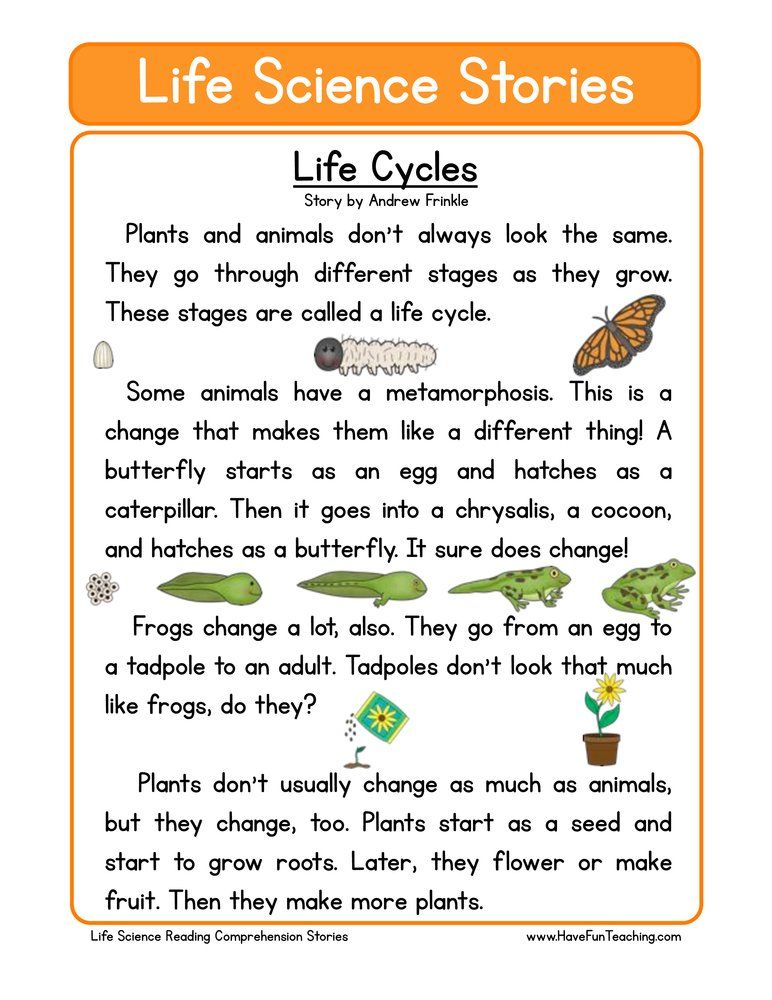Preschool letter sound activities
14 Phenomenal Phonics Activities for Preschoolers
It’s difficult to overstate how important reading and language are. These skills are the foundation for a lifetime of success, so it’s only natural if you’re seeking out ways to make sure the little ones in your care are on solid ground. One tried-and-true method for building literacy skills is through the use of phonics activities. In this article we’ll help explain what phonics are and share some excellent phonics activities we’ve found from preschool professionals.
What are phonics?
It’s pretty simple—phonics are just the relationships between letters and the sounds they make. For instance, the letter “p” sounds like /p/ and the letter combination of “tion” sounds /shun/. Though letter combinations like “tion” are more complex, preschoolers can get started learning to recognize simpler letter sounds.
Learning phonics will help young kids decode words to learn how they’re pronounced and what they mean. This will give them a leg up on writing and spelling. Normally learned between kindergarten and second grade, phonics activities are available for every age, including remarkably simple and amusing options for you and your child. We’ve gathered the best on the web just for you and your preschooler.
14 Fun phonics activities for preschoolers
1. Rainbow hop letter sounds game
This kinetic phonics game from Fun Learning for Kids transforms your living room into a life-sized board game. Simply use colored paper, one die and a marker to create a stepping-stone for every letter of the alphabet or however many you have room for. You can even include “ch” and “sh” pieces for more advanced learners. For the game, your child will roll the die, take the allotted number of hops and say and pronounce the letter that they land on. Perfect for playing with siblings or parents or friends, this active game will help your little one learn both letter sounds and counting.
2. Alphabet ball
Best played outside or in a gym, this super simple active game from Hands On As We Grow will keep your energetic preschooler moving, grooving and learning. First, the adult calls out a letter and the child responds with a word that begins with that letter. Then, the adult throws the ball to the child and the child gives the adult a letter to find a word for, and on and on. You can make the game even more fun by kicking the ball or chasing each other to tag with the ball. You can also play rhyming ball, where the thrower provides a word for the catcher to rhyme with.
First, the adult calls out a letter and the child responds with a word that begins with that letter. Then, the adult throws the ball to the child and the child gives the adult a letter to find a word for, and on and on. You can make the game even more fun by kicking the ball or chasing each other to tag with the ball. You can also play rhyming ball, where the thrower provides a word for the catcher to rhyme with.
3. Alphabet phonics clip cards
You can download these free, fun and easily portable phonics clip cards from Kids Activities. Using clothespins or any other kind of nonpermanent marker, your child will mark which animal name starts with the letter “z,” “b” or “s” depending on the card. These colorful cards enable your child to work on word association and sounds while in the car, waiting at the doctor’s office or relaxing at home.
4. Letter sounds race
This Letter Sounds Race from Inspiration Laboratories is perfect for your little sprinter. Place letter magnet opposite any magnetic surface—magnet board, the fridge or easel.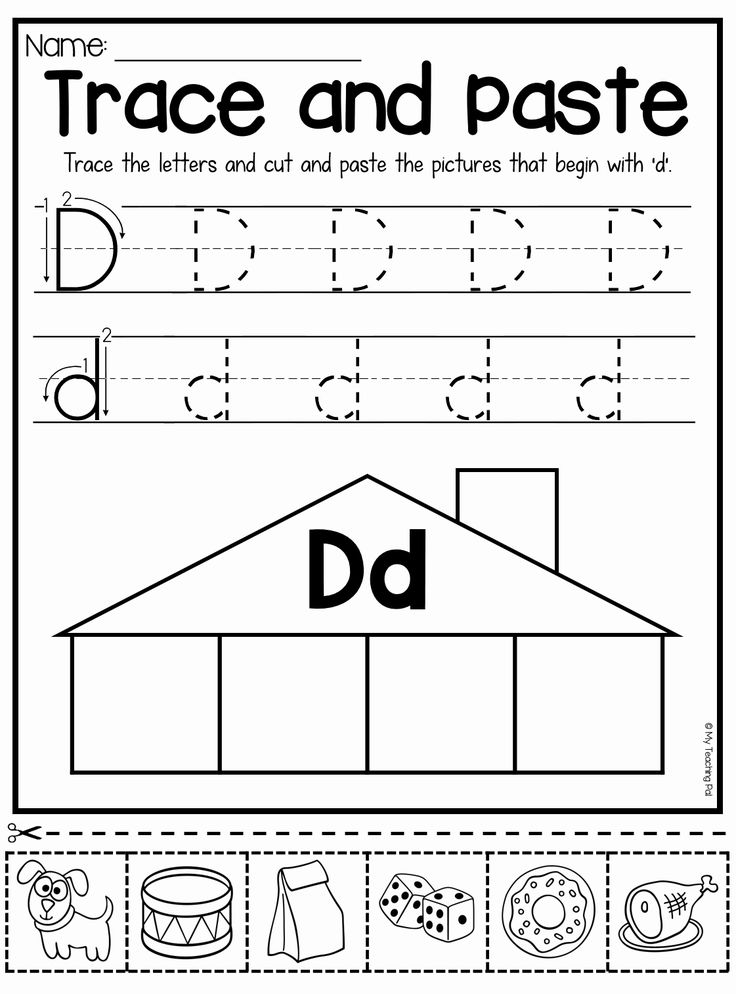 While your kiddo stands near the magnet board, pronounce a letter sound, have them run to the letter magnets, pick out the corresponding letter and place it on the magnet board. You can help your younger child learn new letter sounds by asking them to find and place the letter, pronounce the letter sound and ask them to repeat it.
While your kiddo stands near the magnet board, pronounce a letter sound, have them run to the letter magnets, pick out the corresponding letter and place it on the magnet board. You can help your younger child learn new letter sounds by asking them to find and place the letter, pronounce the letter sound and ask them to repeat it.
5. Phonic photo scavenger hunt
Get clicking with this bright idea from VeryWell Family. Have your preschooler create a photo album, either physical or digital, with a photo of an item for every letter sound: “a” for anthill to “z” for zoo. This is an easy way to keep the learning flowing while on vacation or on the go. This can be done again and again to learn new sounds like “ch” or “sh.”
6. Spin & rhyme
No Time For Flash Cards suggests a creative alternative to boring work sheets. Use a paper towel roll and clothes hanger to easily create rhyming words (e.g., cat, pat, mat, sat). This exercise also helps your little one learn how to break down words and identify word families.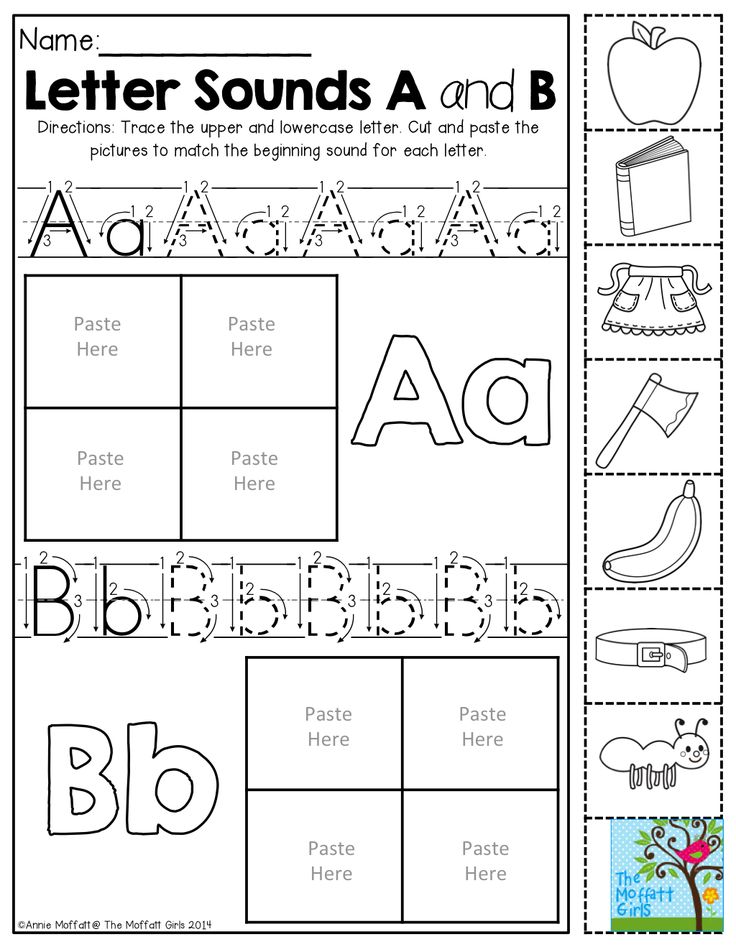 The simple setup is easy to transport and provides a kinetic twist to a basic phonics activity.
The simple setup is easy to transport and provides a kinetic twist to a basic phonics activity.
7. Erase the sound
Your little artist will love this simple and visually stimulating activity. Draw a picture on a whiteboard or chalkboard, name individual letters and have your child identify and erase items in the picture that start with that letter. PreKinders suggests drawing a snowman with a hat for “h,” buttons for “b” and carrot for “c.” If your child is old enough, you could also reverse the roles of artist and eraser, once they see how it’s done.
8. Mystery bag
In this tactile activity from PreKinders, you’ll place three objects within a bag—like a ball, bug and button for the letter “b”—have your child name each item, and guess the “mystery letter” that unites all of the objects. If you have more than one little one learning phonics, you can have them fill a bag for the others with objects around the house to have the others guess.
9. 4 in a row
The Measured Mom recommends this game for older preschoolers who can count to four and know most of their letters, but need a bit of review.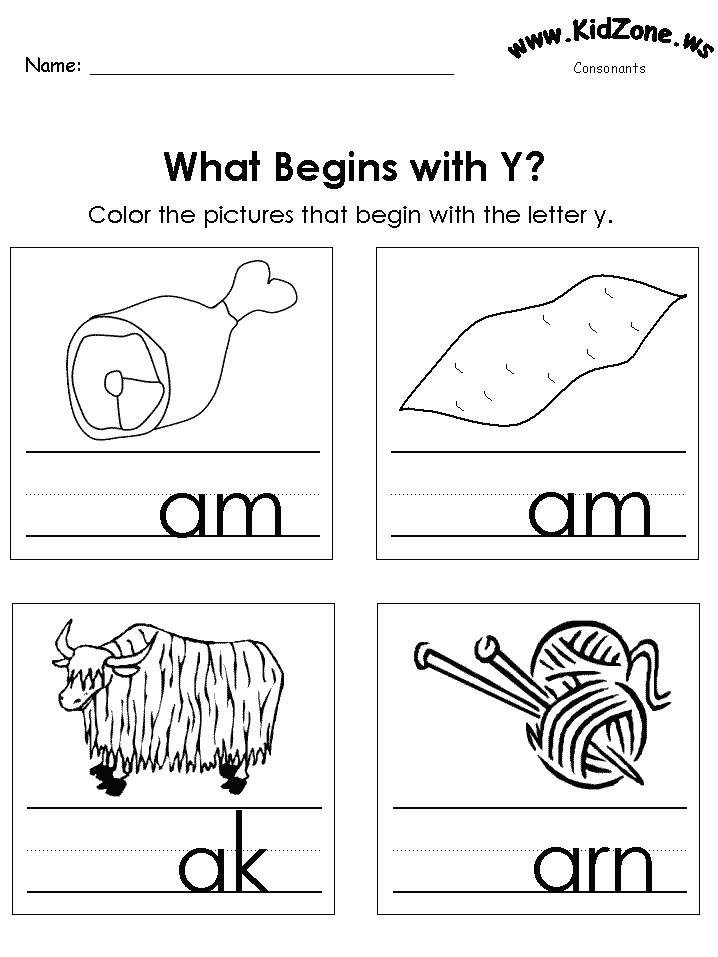 You can print this simple sheet from this website and take turns naming and pronouncing a letter. When you or your child names a letter correctly, you can color it in or cover it with a small object or game piece. The first to get four in a row wins!
You can print this simple sheet from this website and take turns naming and pronouncing a letter. When you or your child names a letter correctly, you can color it in or cover it with a small object or game piece. The first to get four in a row wins!
10. Kaboom alphabet
Using just jumbo craft sticks and a cup, each player will pull a stick out of the cup and say the sound of the letter written on the stick they draw. Then, they get to keep that stick. But “KABOOM” is written on one stick and every time it’s pulled, the unlucky player has to put all their sticks back in the cup. You can even set a timer as Fun Learning for Kids recommends for a fun speed-round version.
11. Say two words
This simple game from PreKinders requires zero materials and allows kiddos to stretch their legs and get some energy out. When you say two words that begin with the same sound, they should stand up as fast as they can, but stay seated if the words do not begin with the same sound.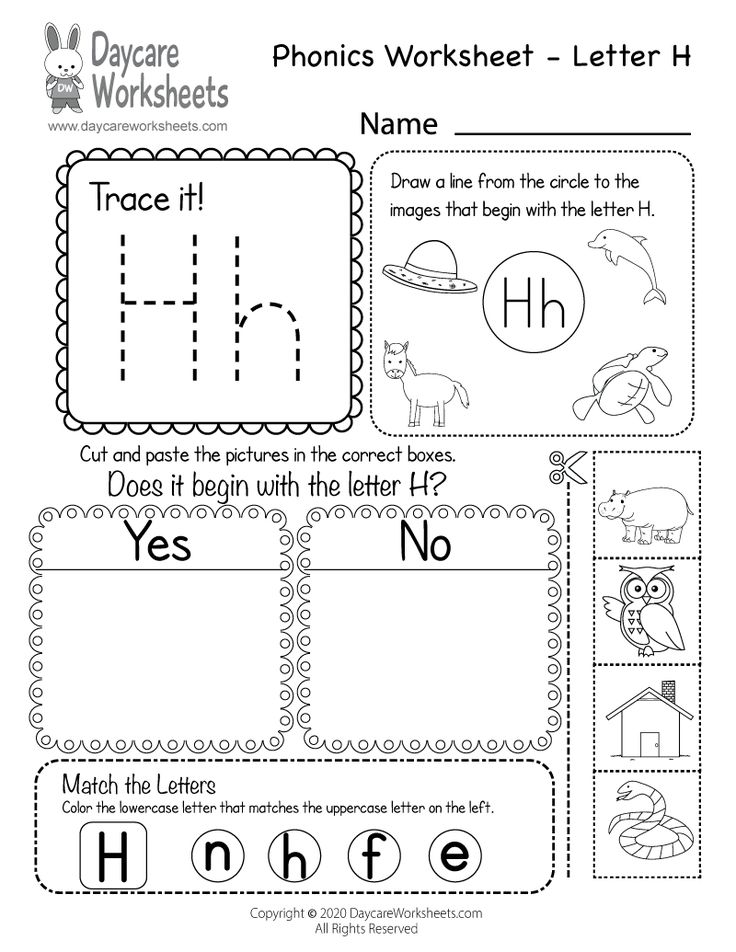 If playing with more children, you can create an elimination system, so that there’s one clear winner determined.
If playing with more children, you can create an elimination system, so that there’s one clear winner determined.
12. Monster names
This simple activity from PreKinders is fun anytime and takes absolutely zero setup. Have preschoolers replace the first letter of their name with the letter “M,” and add ‘mad’ to the beginning. For example, Ashely would become Mad Monster Mashlyn. The kiddos can then stomp around, growl and play monsters with each other. This simple approach for reinforcing phonetic sounds can obviously be expanded and modified for further practice (e.g., Cool Cat Cashlyn, Funny Fish Fashlyn, etc.).
13. Smack the letter
Fun Learning for Kids recommends this flexible and fun game. Preschoolers will love getting to use a flyswatter to hit the letters you write on sticky notes and pronounce for them to identify. You can pick the letter sounds they most need to work on. If playing with a peer, this game can become a race. Two to three children can play for points to see who can reach 10 first.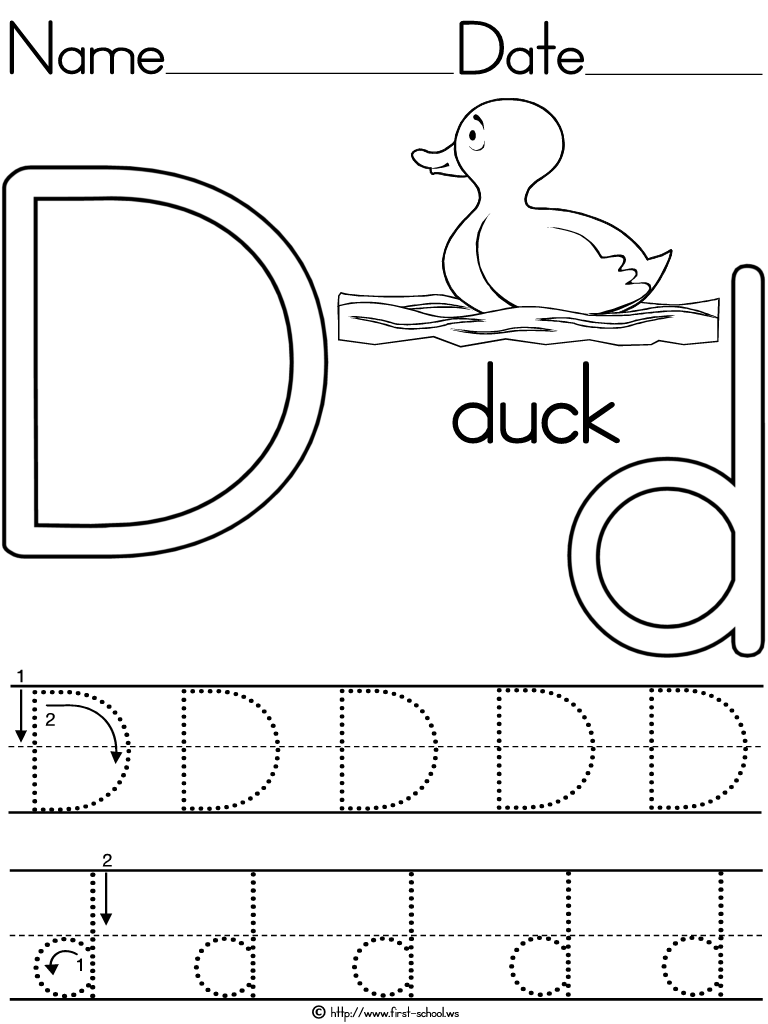 It can also be played tournament-style, if you’re working with a larger group.
It can also be played tournament-style, if you’re working with a larger group.
14. Phonics I-Spy discovery bottle
Imagination Tree offers this fun boredom buster. Fill a large juice bottle with a variety of small items that start with various letters, using rice or sand as a filler for the remaining space. To play, use an alphabet deck or phonics clip cards to pick a letter and have your child shake the bottle and hunt for the item with the corresponding beginning letter.
Make phonics fun!
If these ideas excite you, it probably isn’t because you only love phonics. It’s more likely you love helping little ones develop their minds too. If making a career out of that love sounds like a bright idea, learn about just how important early childhood education is and how you could play a role in it.
Learning Letter Sounds - PreKinders
By Karen Cox | Affiliate Disclosure | Filed Under: Phonological Awareness
These games help pre-K children practice Letter Sound learning in a fun, hands-on way.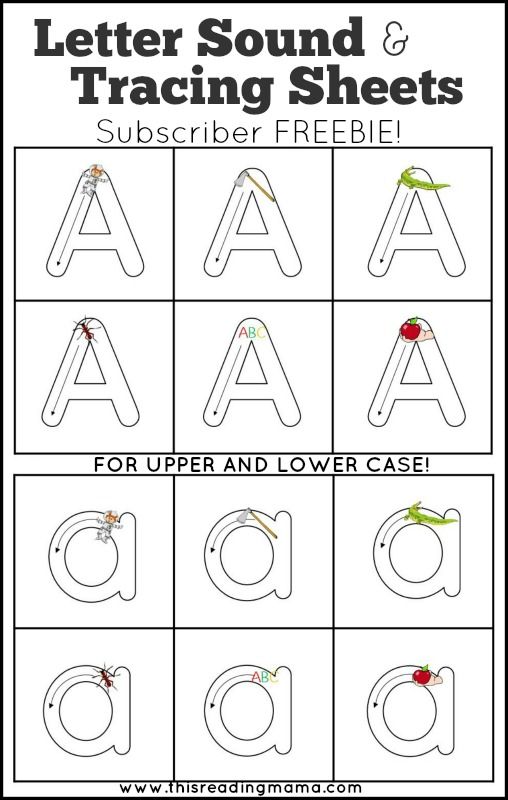
Sound Cups
Use 26 disposable clear punch cups and label each cup with a letter. Letter cup labels can be downloaded below. Collect a set of small trinket objects (you can ask parents and friends to send things in), such as plastic lizard, small block, watch, plastic frog, bandaid, necklace, button, dice. Place the trinkets in a basket. Children sort each trinket into a letter cup by its beginning sound.
You can use all 26 cups at one time, or select 3-4 letter cups at a time for children to focus on. When searching for items to go in the cups, look for dollar store mini toys (especially packs of animals and bugs), look at doll house miniatures, browse craft stores for mini items.
Download: Letter Cup Labels
Erase the Sound
Draw a picture on a dry erase lap board. In the example below, I drew a snowman. Call children up one at the time to erase something that begins with something in the picture. In this picture, children can erase something that begins with H (hat), something that begins with B (buttons), something that begins with N (nose).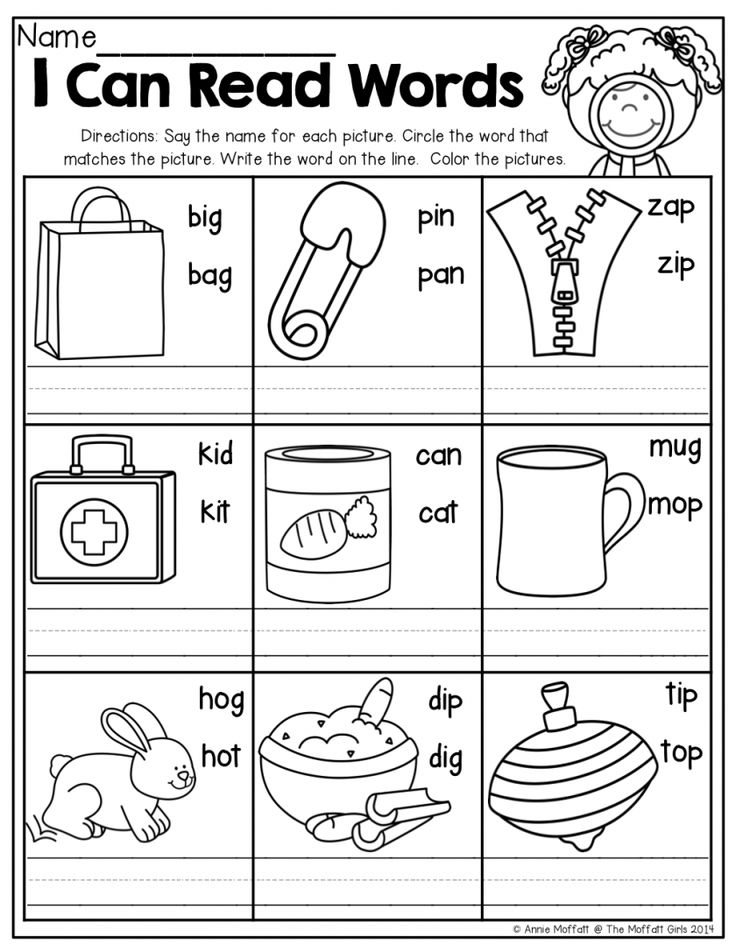 Continue until everything is erased.
Continue until everything is erased.
Mystery Bag
Place three objects beginning with the same letter in a bag (such as ball, bug, and button for B). Have a child pulls each item out of the bag and name each item. Have the class guess the “mystery letter”.
Guess Who?
Say three words and have the kids guess whose name begins with the same sound as those three words. For example, call out:
- lake
- lemon
- lamp
The class would guess Levi. If you have more than one child in your class (maybe Levi, Lucy, and Layton) who start with that letter sound, the class can name all of them.
I have prepared a list of words for each letter that you can use for your students. Download the list below.
Download: Beginning Letter Sounds List
Monster Names
Have kids stand, stomp, and growl when you say their “Monster Name”. Replace the first letter of each child’s name with the letter M. For example, Braden’s name would become “Mad Monster Maden” and Ashlyn’s name would become “Mad Monster Mashlyn”.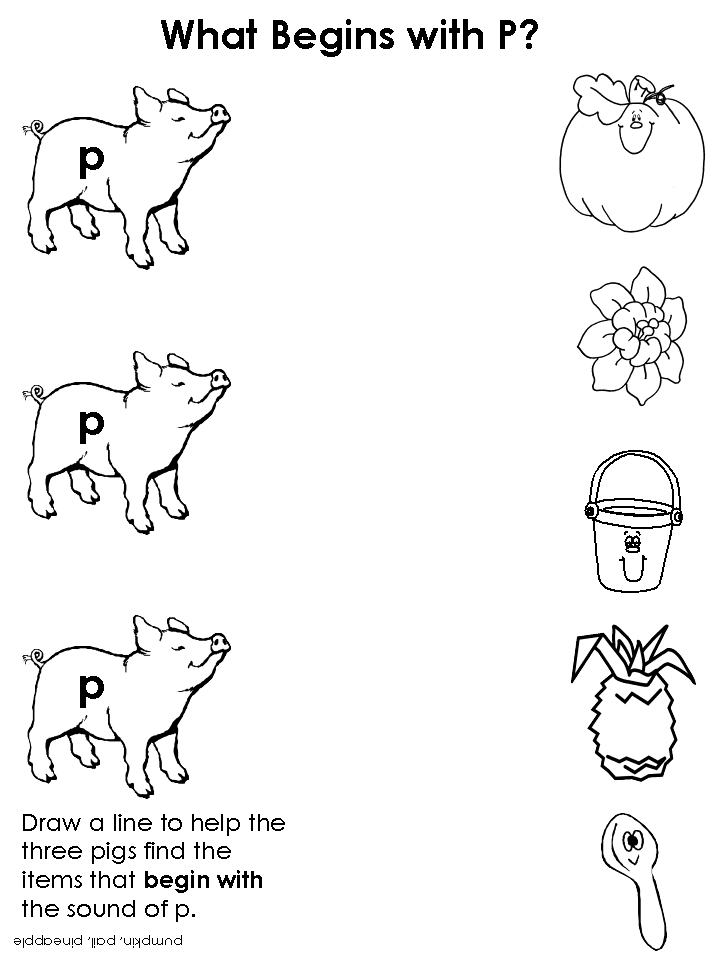
Say Two Words
Say two words, and have kids stand up if the words begin with the same sound. Have them sit down if they do not. For example,
cat – cow (stand up)
hat – goat (sit down)
Letter Sounds Listening Games
Children listen for beginning sounds in words and use bingo markers to stamp a letter each time they hear the letter sound. Get the printable game here: Letter Sounds Listening Games.
Letter Sounds Activity Cards
Children look at the picture, say the word, and find the letter that matches the beginning sound. They mark the cards by clipping it or marking it with a chip. Get the printable game here: Letter Sounds Activity Cards.
Letter Tile Mats
Children match letter tiles to the pictures on the mats by identifying the beginning sound of the words. Get the printable game here: Letter Tile Mats.
More Resources
These are available in my shop.
About Karen Cox
Karen is the founder of PreKinders.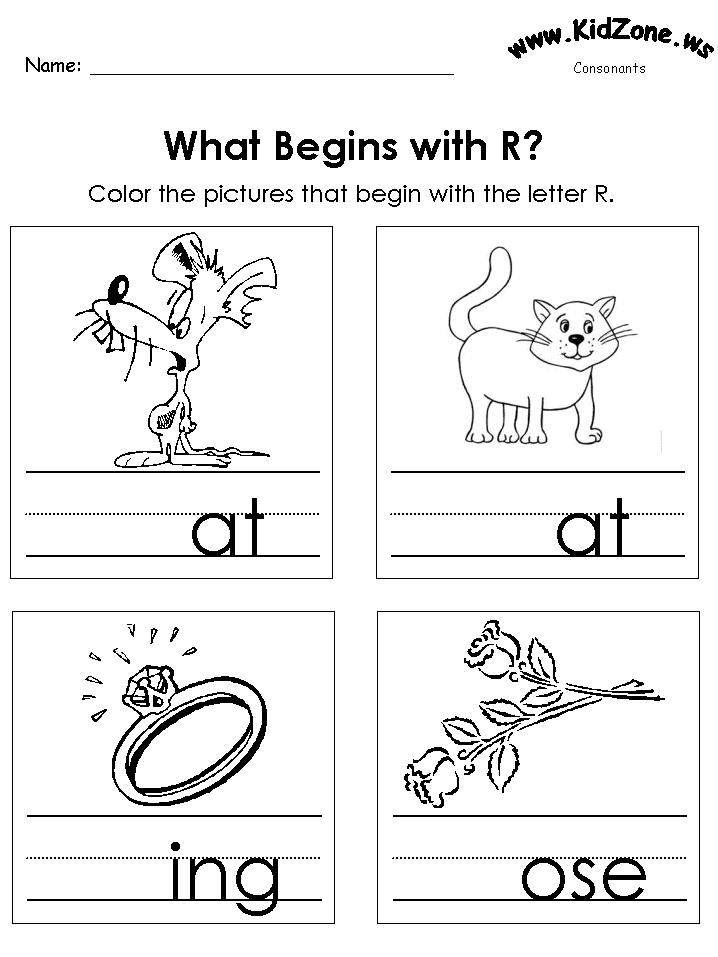 com. She also works as a full-time Pre-K teacher in Georgia. Read more...
com. She also works as a full-time Pre-K teacher in Georgia. Read more...
SEARCH
Formation of prerequisites for reading and writing in children of senior preschool age
References:
Donkovtseva, IV Formation of prerequisites for reading and writing in children of senior preschool age / IV Donkovtseva. - Text: direct // Aspects and trends in pedagogical science: materials of the III Intern. scientific conf. (St. Petersburg, December 2017). - St. Petersburg: Own publishing house, 2017. - S. 42-44. — URL: https://moluch.ru/conf/ped/archive/273/13474/ (date of access: 03.12.2022).
Preschool education is currently considered as an integral part of the continuous educational process, as its first important stage. Therefore, one of the main tasks of a modern kindergarten is to prepare children for school. Every child entering school must first of all acquire literacy, that is, learn to read and write.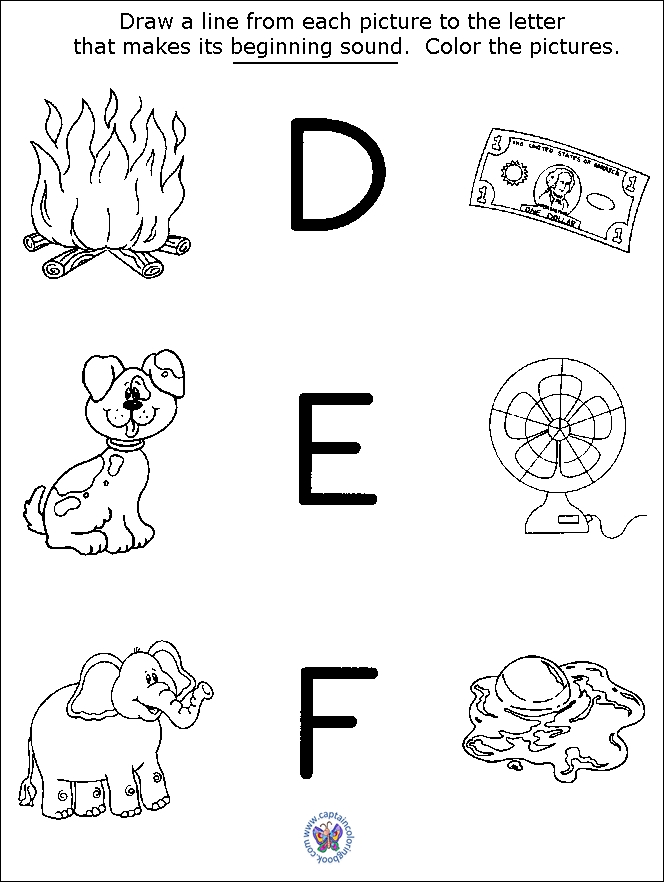 To do this, the preschooler must have the necessary prerequisites, suggesting:
To do this, the preschooler must have the necessary prerequisites, suggesting:
- the full value of the possession of speech sounds (their correct pronunciation, the ability to distinguish by ear), the skill of sound analysis and synthesis, the formation of the phonetic side of speech and its grammatical structure;
- Sufficiency of vocabulary;
- Possession of connected speech;
- the formation of visual-spatial representations (that is, ideas about the shape and size of objects and their location in space in relation to each other).
The success of teaching a child to read and write is largely determined by how well he masters the sound side of speech, since the sounds of oral speech are indicated with the help of letters. Therefore, in order to master the letters, it is necessary to be very clearly oriented in the sounds of speech, to be able to pronounce them correctly. An important factor is the clear distinction of all speech sounds by ear, that is, the recording of any word involves the ability to determine each sound included in its composition and designate it with the corresponding letter.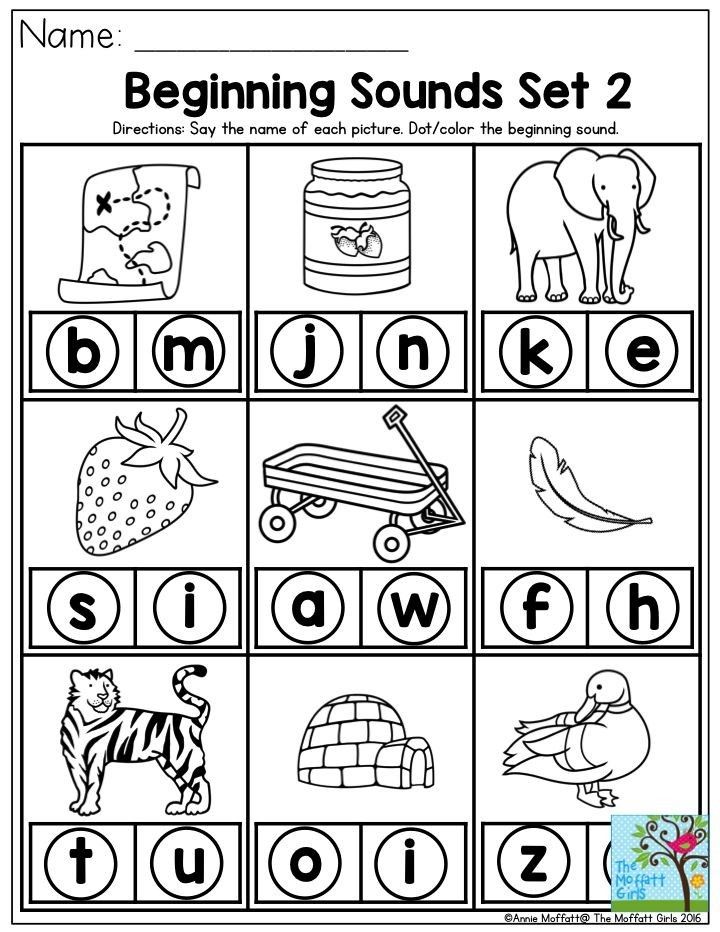 If some sounds seem the same to the child, then during the letter he will experience difficulties in choosing the letters corresponding to these sounds. For example, in case of indistinguishability of sounds by ear B and P he will not know which first letter ( B or P ) should be written in the word bank or in the word stick , etc. The child does not distinguish some speech sounds by ear is the main reason for their substitutions in oral speech, and later on in writing. Therefore, possible difficulties in auditory differentiation of sounds must be identified and overcome before the child begins to learn to read and write.
If some sounds seem the same to the child, then during the letter he will experience difficulties in choosing the letters corresponding to these sounds. For example, in case of indistinguishability of sounds by ear B and P he will not know which first letter ( B or P ) should be written in the word bank or in the word stick , etc. The child does not distinguish some speech sounds by ear is the main reason for their substitutions in oral speech, and later on in writing. Therefore, possible difficulties in auditory differentiation of sounds must be identified and overcome before the child begins to learn to read and write.
When preparing a preschooler for learning to read and write, it is important to include the following tasks in classes:
- highlight the sound against the background of the word, for example, is there a sound L in the word onion ; further it is proposed to determine the presence of this sound in the following words: spade, table, machine , etc.
- highlighting the first sound from the word (the child must name the first sound in the words: stork, duck, lake, willow, mole, grass , etc.)
- highlighting the last sound from the word (the child must name the last sounds in words: juice, soup, lump, hare, chair, movie, winter etc.)
- determining the place of sound in a word (at the beginning, in the middle, at the end).
If the child copes with all these tasks, you can move on to exercises in a more accurate sound analysis of words. For example, name the first, second, etc. sounds. In words - a chair, a mask, a picture; determine what sound is heard after (before) O in the word air , etc.
For more successful mastery of sound analysis and synthesis of word composition, you can enter the color designation of sounds. A blue circle should indicate a hard consonant, a green circle a soft consonant, and a red circle a vowel. Laying out the scheme of the sound composition of a word with the help of circles helps children characterize each sound included in a given word, as well as visualize how many sounds are in the word, what is their sequence.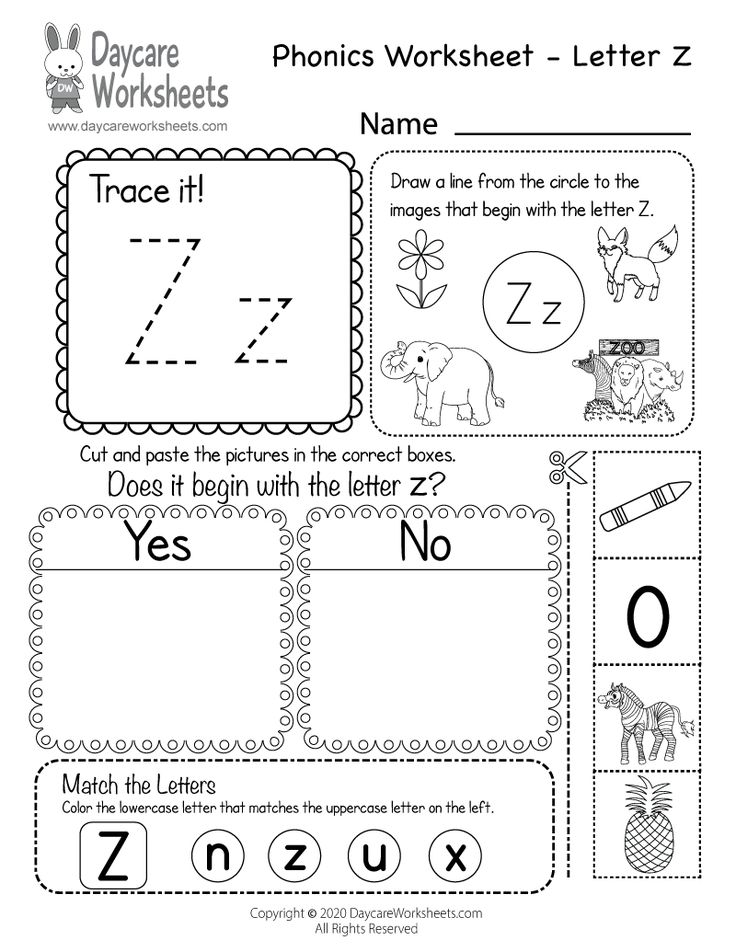
Great help in mastering the skill of sound analysis and synthesis of the formation of the phonetic side of speech and its grammatical structure is provided by the use of various schemes. They make it easier for children to understand the possibility of dividing sounding speech into sentences, sentences into words, words into syllables and sounds; serve as a support in isolating the studied sounds from the original words, act as a means of controlling the analysis carried out when writing and working with a split alphabet.
When drawing up sentence diagrams, children will learn that the first word in a sentence is capitalized, in the diagram we denote dash with corner |_____
A period or other intonation mark is placed at the end of a sentence.
|_____. |_____? |_____!
Particular attention should be paid to the preparation of sentences with prepositions. In order for children to remember that prepositions are separate words, and not to connect them with other words, special schemes can be used.
Significant problems in children cause the division of words into syllables. Dividing into syllables with the help of vertical lines, the game "Telegraph", "Help Dunno" will help to overcome these difficulties.
With pleasure, the guys select words for the given schemes with vowels (sounds):
A A ׀ A A
poppy porridge pineapple
A ׀ and and ׀ A O ׀ A
crayfish willow scythe
To syllabic schemes indicating the stressed syllable:
′ ׀ ׀ ′ ′ ׀ ׀ ׀ ′ ׀ ׀ ׀ ′
frame winter rainbow road pencil
Highlighting the stressed syllable, the kids come to the conclusion that if you pull longer not the stressed syllable, but any other, then the meaning of the word will change: h á mok - deputy ó k.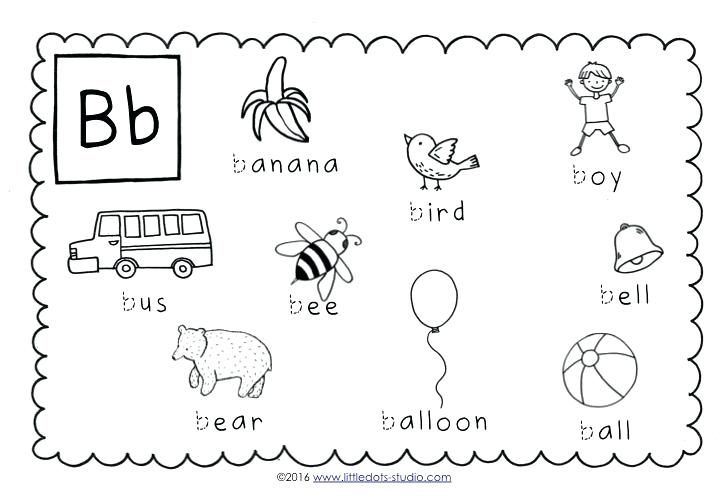
The next prerequisite for the formation of reading and writing is the sufficiency of vocabulary. For a child entering school, it should be 2500 words, which, as a rule, is not observed in our modern children. As special studies show, more than half of the children (55%) now come to the first grades of our mass schools in a state of obvious unpreparedness for the beginning of schooling due to the insufficient formation of their oral speech. And one of the main components of this lack of formation is the poverty and lack of systematization of their vocabulary. With regard to the development of vocabulary in preschool children, it is necessary:
- To ensure that children know a sufficiently large number of words (nouns, adjectives, verbs, adverbs) through systematic work on enriching the vocabulary.
- To ensure an accurate understanding of the semantic meaning of each word they have learned, because there should not be such words in their speech that "do not stand for anything.
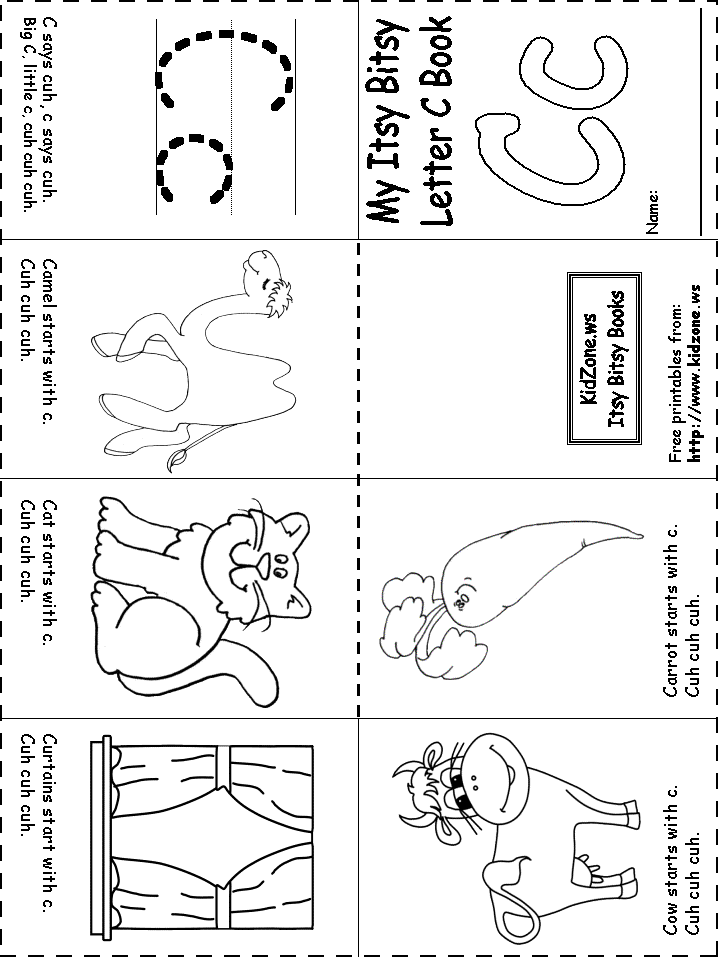 "
" - To take care of the systematization of their vocabulary, that is, to help them feel the existence of an internal connection between separate large groups of words, combined into these groups according to some specific principles (for example, some words denote objects, others - actions, others - signs of objects and actions, and within each of these groups, smaller subgroups are distinguished, etc.).
- To introduce the figurative meaning of many words (such as "golden autumn", "bright head", etc.).
- Give the simplest word-building skills: (the formation of new single-root words using prefixes and suffixes, for example: “arrived - left - moved - arrival - departure - moving”; “house - house, bump - bump”).
- To teach to distinguish words that are “related” in their semantic meaning and have a common root (“forest - forest - forest - forester”; “fox fox - fox - fox - fox”), from words that are only outwardly similar, similar only in sound, but completely different in meaning (“sconce, brother, marriage, take”; “cake, court, grade, port, board, fort”).
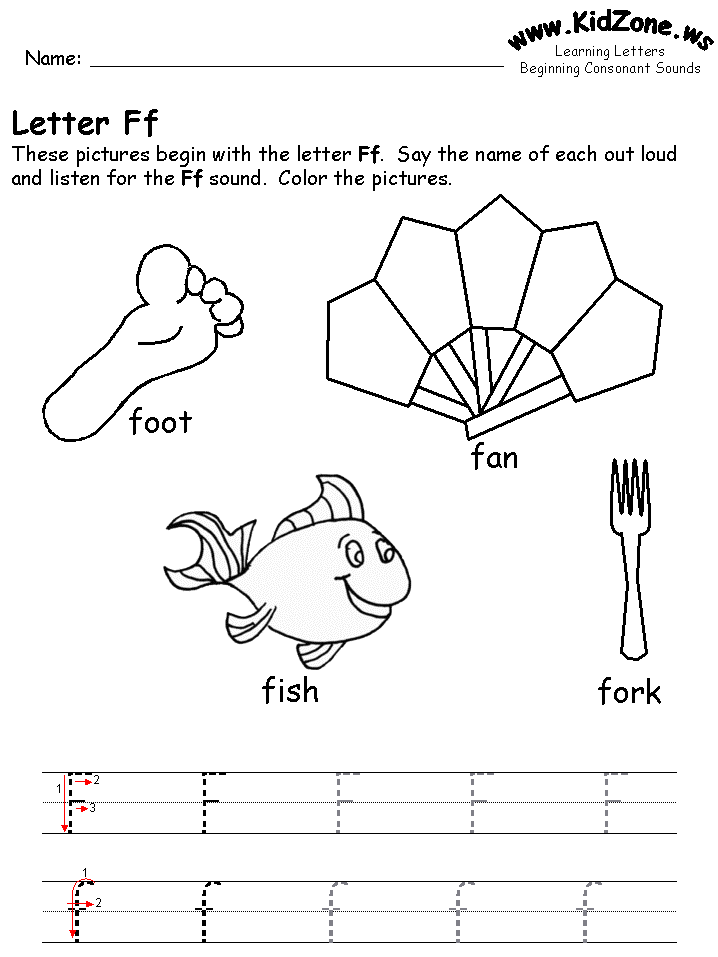
- To give the initial practical skill of self-selection of related words.
As a result of the work done in this order, organized and worked out in the formation and development of vocabulary, the child will acquire a sufficiently large and well-systematized vocabulary, which will be a reliable guarantee that he will master the grammar rules well at school, including the possibility of their application in practice. Such a child will not have problems with the Russian language, he will more deeply and accurately understand the content of educational texts in all school subjects.
Possession of coherent speech is a necessary prerequisite for a child to be able to master not only literacy, but also written speech as a means of communication that can, if necessary, replace oral speech. Coherent speech is usually understood as such detailed statements that allow a person to systematically and consistently express their thoughts.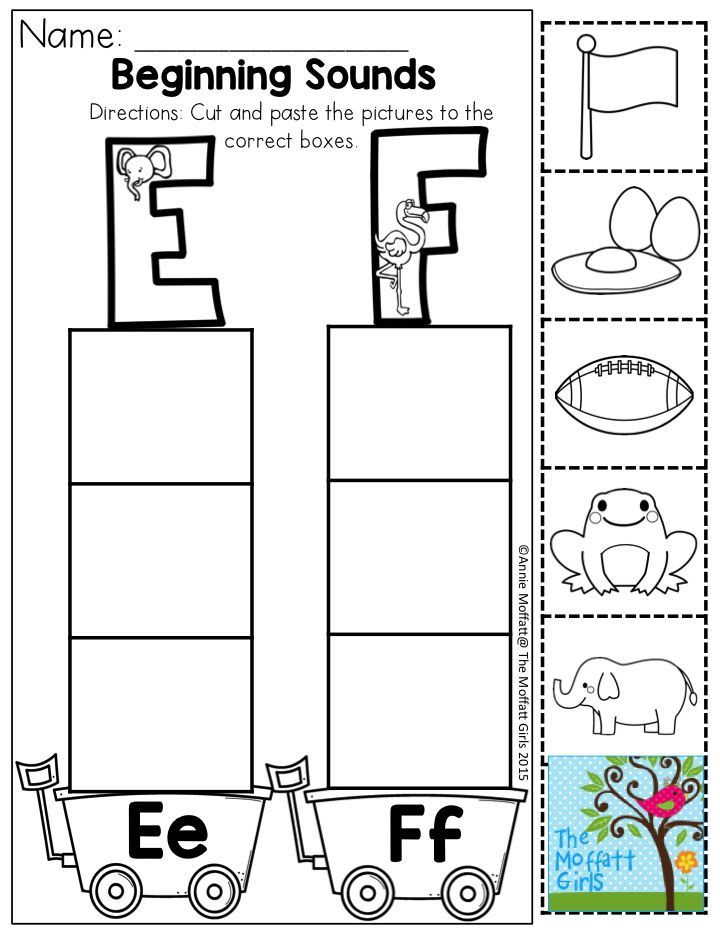 In a very difficult situation are those children who, when they enter school, have almost no or poor command of oral storytelling, do not know how to “tell coherently” about various events in their lives, about films they have watched, etc. Therefore, at preschool age, it is necessary to systematically exercise kids in storytelling, to accustom to the observance of certain rules when building a story, to a consistent presentation of thoughts and tracing the connection between events.
In a very difficult situation are those children who, when they enter school, have almost no or poor command of oral storytelling, do not know how to “tell coherently” about various events in their lives, about films they have watched, etc. Therefore, at preschool age, it is necessary to systematically exercise kids in storytelling, to accustom to the observance of certain rules when building a story, to a consistent presentation of thoughts and tracing the connection between events.
An important factor in preparing a child for schooling is the formation of visuo-spatial representations , as it is necessary for a clear assimilation of the visual images of letters. To do this, a preschooler must have a sufficient level of development of his visual-spatial representations and visual analysis and synthesis (distinguishing objects in shape and size, their location in space in relation to each other; possession of such concepts as MORE and LESS, UP and DOWN, LEFT and RIGHT, etc.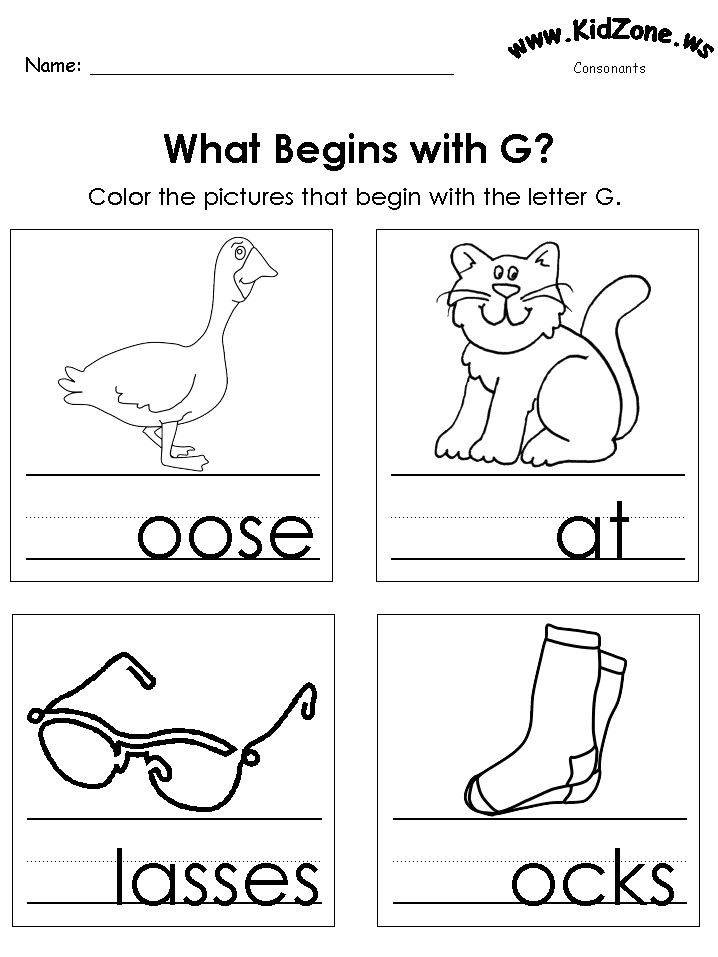 ) If a child does not understand such things, then it will be very difficult for him to assimilate the visual images of letters, especially those that are similar in style, since their difference from each other often consists only in a different spatial arrangement of the same elements (for example, w and t), in of different sizes (in p the stick is short, and in p - is long) or in different quantities (and and w, c and 90 sch and m , etc.) Therefore, even at preschool age, it is necessary to include exercises for orientation in space, on oneself or on a sheet of paper; laying out letters from sticks, wire, thread, with fixing attention on which direction the letter is directed, where its elements are located and in what quantity. Effective methods of tracing the letter with a finger, dermolexy techniques (drawing a letter on the palm of your hand), tactile recognition of letters (didactic games like “Wonderful bag”), identify letters written on cards, where both correct and false (mirror) letters are presented.
) If a child does not understand such things, then it will be very difficult for him to assimilate the visual images of letters, especially those that are similar in style, since their difference from each other often consists only in a different spatial arrangement of the same elements (for example, w and t), in of different sizes (in p the stick is short, and in p - is long) or in different quantities (and and w, c and 90 sch and m , etc.) Therefore, even at preschool age, it is necessary to include exercises for orientation in space, on oneself or on a sheet of paper; laying out letters from sticks, wire, thread, with fixing attention on which direction the letter is directed, where its elements are located and in what quantity. Effective methods of tracing the letter with a finger, dermolexy techniques (drawing a letter on the palm of your hand), tactile recognition of letters (didactic games like “Wonderful bag”), identify letters written on cards, where both correct and false (mirror) letters are presented.
A system of work constructed in this way, covering all the prerequisites for literacy, gives good results in preparing children for school. They have no problems in mastering reading and writing, the skills of learning activities are formed, the guys successfully cope with the curriculum.
Literature:
- L. G. Paramonova, N. Ya. Golovneva, Preparing for school, publishing house: Delta, S.-P., 1999.
- N. V. Novotortseva, Learning to read: teaching literacy in kindergarten and at home, Academy of Development publishing house, Yaroslavl, 1998.
- A. N. Kornev, Reading and writing disorders in children, Rech publishing house, S.-P., 2003.
Basic terms (automatically generated) : word, vocabulary, sound, oral speech, preschool age, speech sound, sound analysis, child, stressed syllable, grammatical structure.
word , vocabulary stock , speech speech , sound , stress syllable .
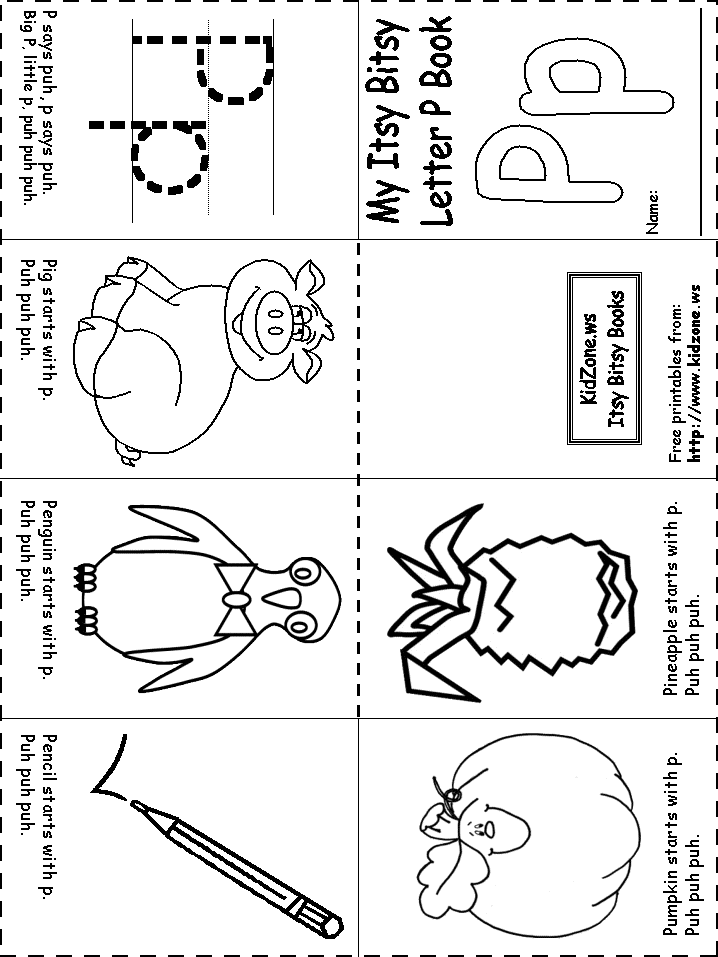 ..
.. oral speech , written speech , word , step, syllable , reading pace, synthetic reading, semantic guess, read word , sentence.
word , letter, child , syllable , author, reading, sound method, elementary school, global reading, letter reading.
Development
sound analysis and synthesis in children senior... teach children to distinguish between the concepts “ sound ”, “ syllable ”, “ word ”, “sentence”. learn to determine the number of syllables in word , slap and tap the rhythm of words of different syllabic structures, highlight stressed syllable .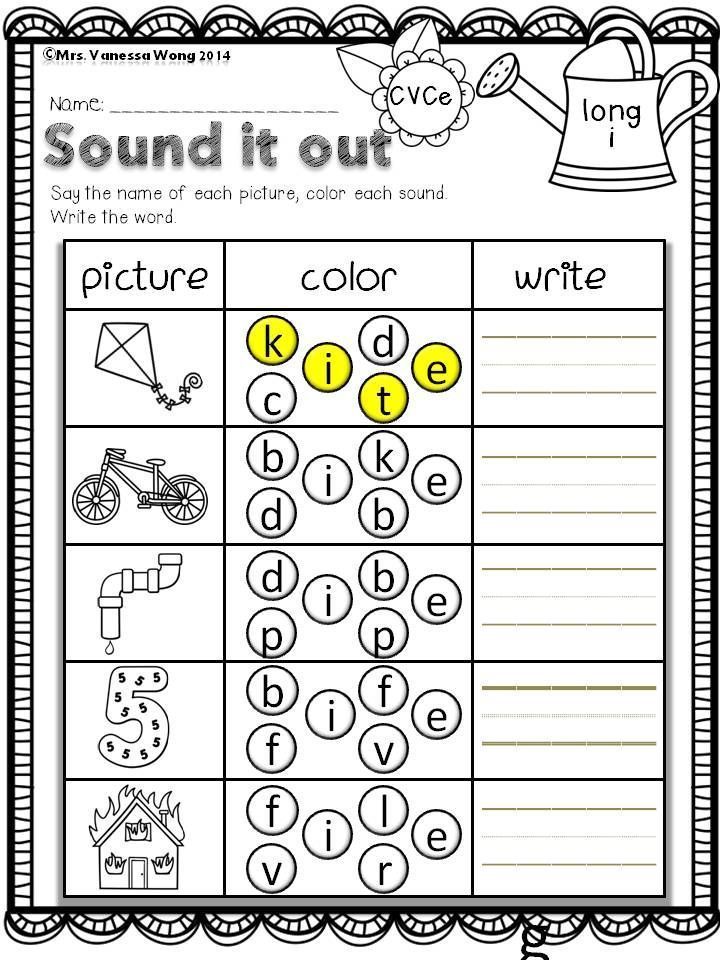
Clean tongue twisters and tongue twisters as a means of education
sound ...Development Speech Children Senior Preschool Age through ... Child , Senior Preschool , Blok, Letter, Word , Monological Speech , Dialogical speech , Dialog speech training, native language, speech development.
Literacy education
children seniors preschool ... Word , Sound , Preschool Age , Child , Skill, Violation Speech , Analysis , Sound Analysis Words , Sex , synthesis stage of learning.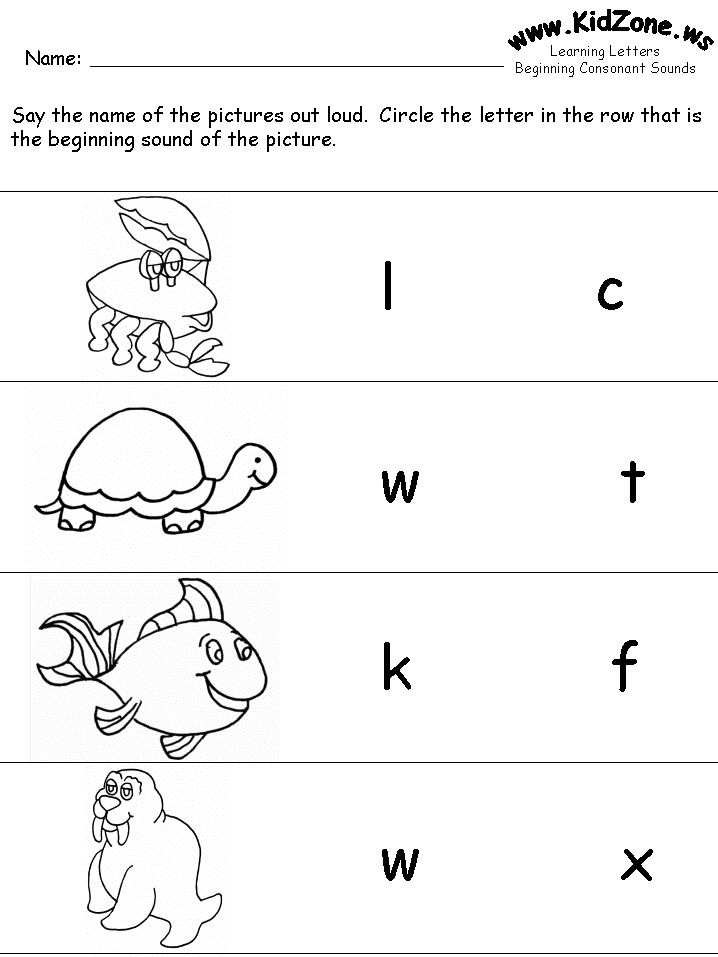
To the question of diagnosing the process of assimilation of
sound sides ...Key Words : Diagnostics speech Development, Sound Culture Speech , assimilation Sound Speech , Diagnostic tools for studying Sound 9002 .
Features of sound-
syllabic structure of words in children with OHP II... Analysis of the current state of the problem of the total ... General underdevelopment speech , Child , violation, speech Violation, Speech development, speech system, Preschool Age , Speech PATOLOLOGY , speech anomaly, connected speech .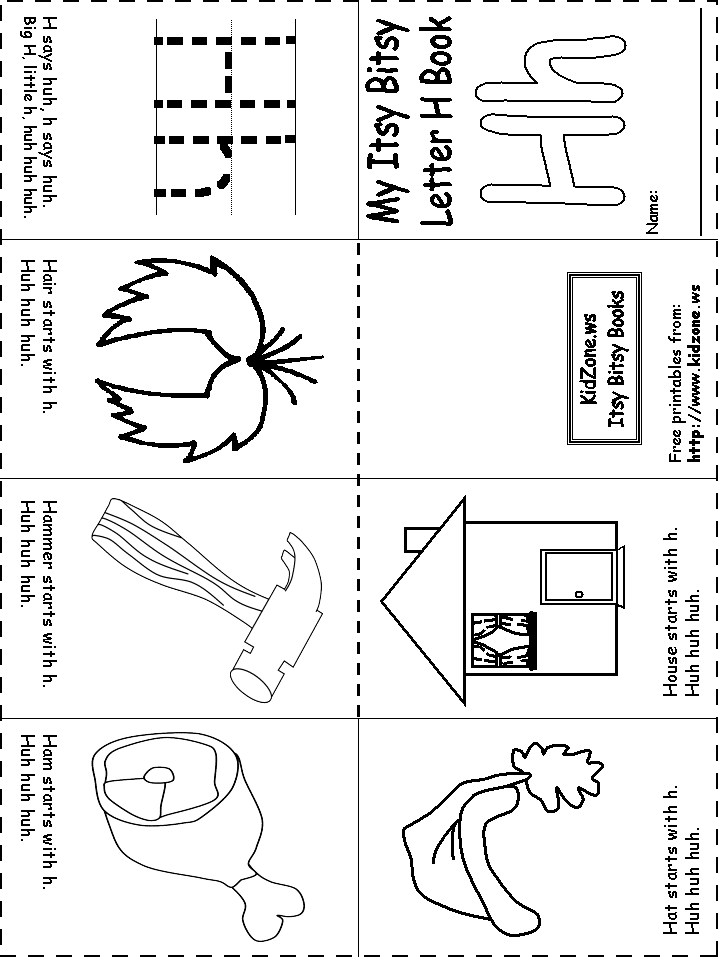
Education
sound culture speech in children preschool ...Sound culture speech is an integral part of the general culture. It covers all aspects of sound design words and sounding speech in general: the correct pronunciation of sounds , words , the volume and speed of speech utterances, rhythm, pauses, timbre ...
9
sound , word , child , sound analysis , stress syllable , syllable ...
Ponemic perception, process, Word , Child , Sound , mixing sounds , Grammar , Sound Sound Composition, speech therapy work.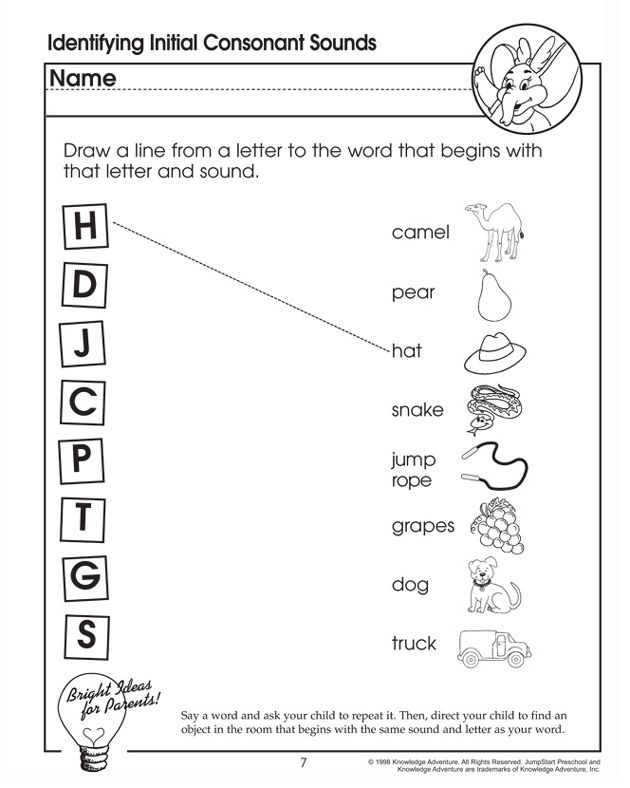
Formation and education
sound culture speech in children ...Basic terms (generated automatically): Child , Sound , Sound Culture Speech , Word , Preschool Age , speech
- development of the ability to understand grammar forms words phrasal speech formation speech development and...
Prerequisites for writing disorders in children aged 6-7 years
A large number of studies and publications have been devoted to the problem of written speech disorders in children, but the relevance of its study is not decreasing. The interest is due to many factors, among which the leading one is the high prevalence of writing and reading disorders among first grade students and their further development into persistent dysgraphia and dyslexia.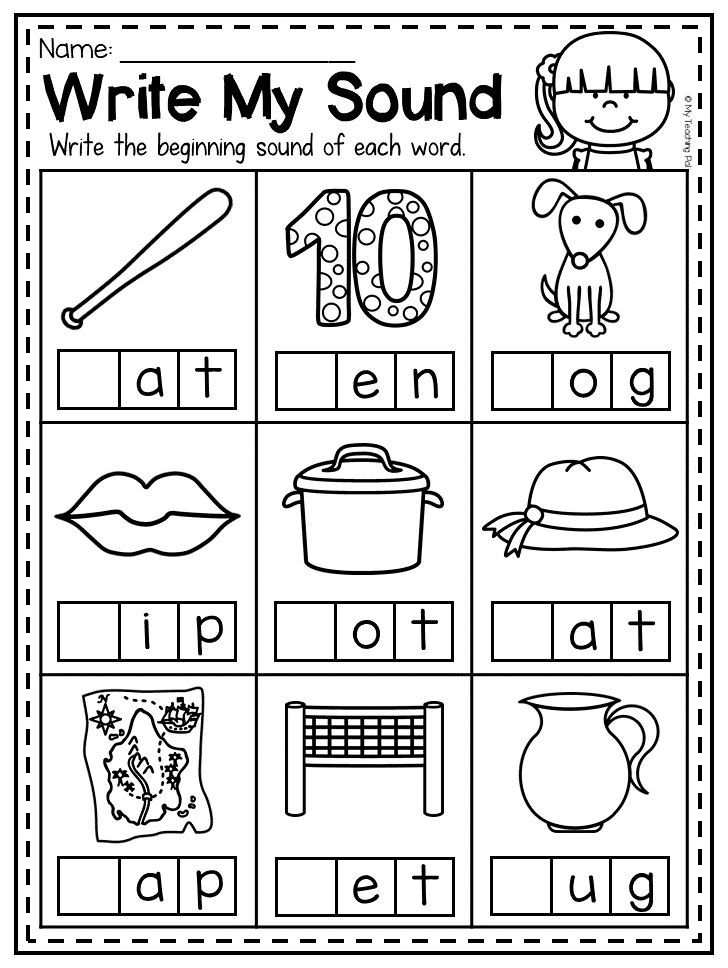 Particular interest in the study of this disorder is also due to the fact that this disorder is a disorder of speech activity in children and at the same time a violation of the assimilation and functioning of the most important school skills - reading and writing .
Particular interest in the study of this disorder is also due to the fact that this disorder is a disorder of speech activity in children and at the same time a violation of the assimilation and functioning of the most important school skills - reading and writing .
Currently, many general education institutions organize preparatory courses for children of senior preschool age. The programs implemented in the classroom in these groups are variable depending on the direction of the educational programs of the institution. As a rule, compulsory in the programs are classes in teaching literacy, the development of elementary mathematical concepts. Correctional speech therapy classes to prevent possible violations of written speech are often not included in this program, although such a need exists, since not all children attending preparatory courses went to a preschool educational institution and received speech therapy assistance.
Taking into account the well-known statement “the later violations of written speech are detected, the greater the severity they reach and the longer the correction course in such cases is required”, we made an attempt in practice to identify the prerequisites for violations of written speech, which inevitably manifest themselves in children with the beginning of schooling in case of failure to provide timely speech therapy assistance at preschool age.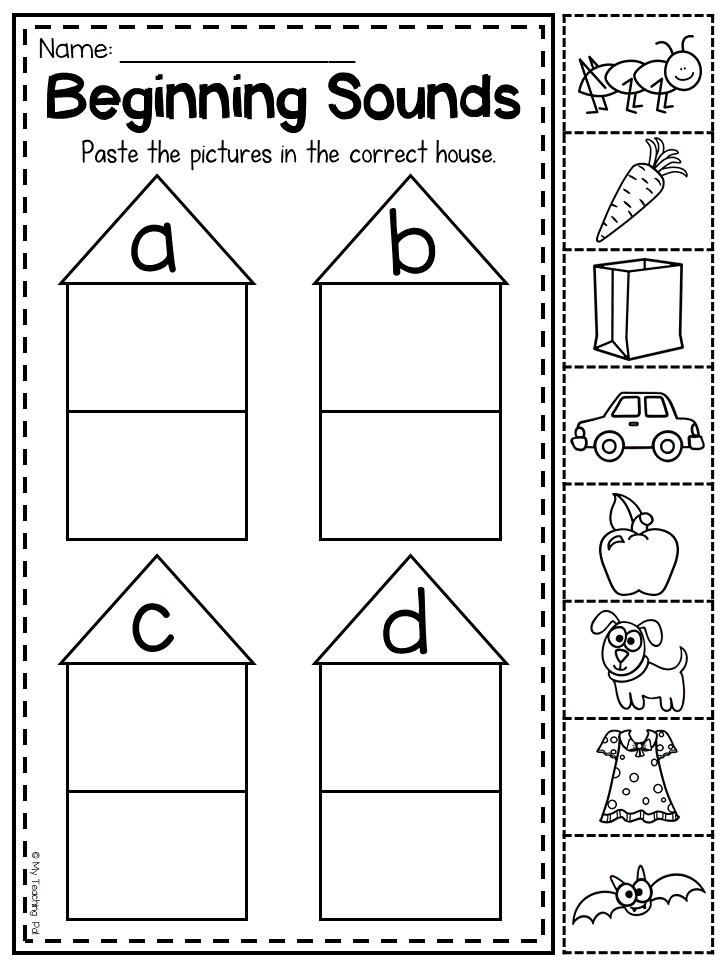
In the course of the work, we identified the main factors of prerequisites for violations of written speech in children of senior preschool age:
1. Lack of auditory differentiation of acoustically similar sounds: hard - soft, voiced - deaf, whistling - hissing, as well as vibrants. This can be considered as a clear prerequisite for acoustic dysgraphia (or dysgraphia due to a violation of phonemic recognition), since the phonemes of each of these groups, which are not differentiated by ear, are necessarily interchanged in writing in the future.
2. The presence of complete sound substitutions in oral speech, which also relate mainly to the above groups of acoustically and articulatory close sounds. The presence of such substitutions is an undoubted harbinger of articulatory-acoustic dysgraphia, since the incorrect pronunciation of words in the process of writing during the child's learning to read and write inevitably leads to the corresponding letter substitutions.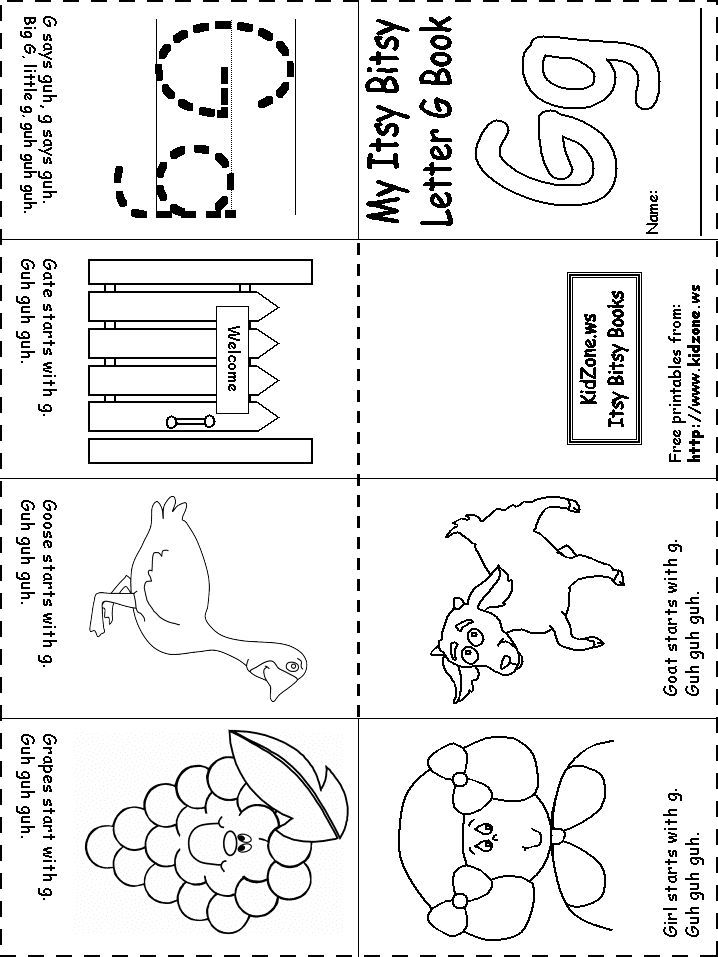
3. The lack of formation of the simplest types of phonemic analysis of words available to children of older preschool age. These types of analysis include the following: sound recognition against the background of a word; highlighting a stressed vowel from the beginning of a word and a final consonant from the end of a word; determining the approximate place of a sound in a word according to the principle: beginning, middle, end. If a child of senior preschool age is not able to “feel” the sound composition of a word even within these limits, he will not be able to master the full phonemic analysis of words in due time. On this basis, it is customary to consider this "imperfection" as an obvious prerequisite for dysgraphia on the basis of the unformed analysis and synthesis of the speech flow.
4. Lack of formation of visual-spatial representations and visual analysis and synthesis, which makes it difficult for a child to differentiate similar letters in the process of mastering reading and writing, and therefore leads to the appearance of optical dysgraphia.